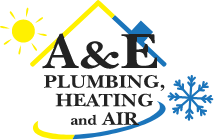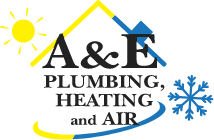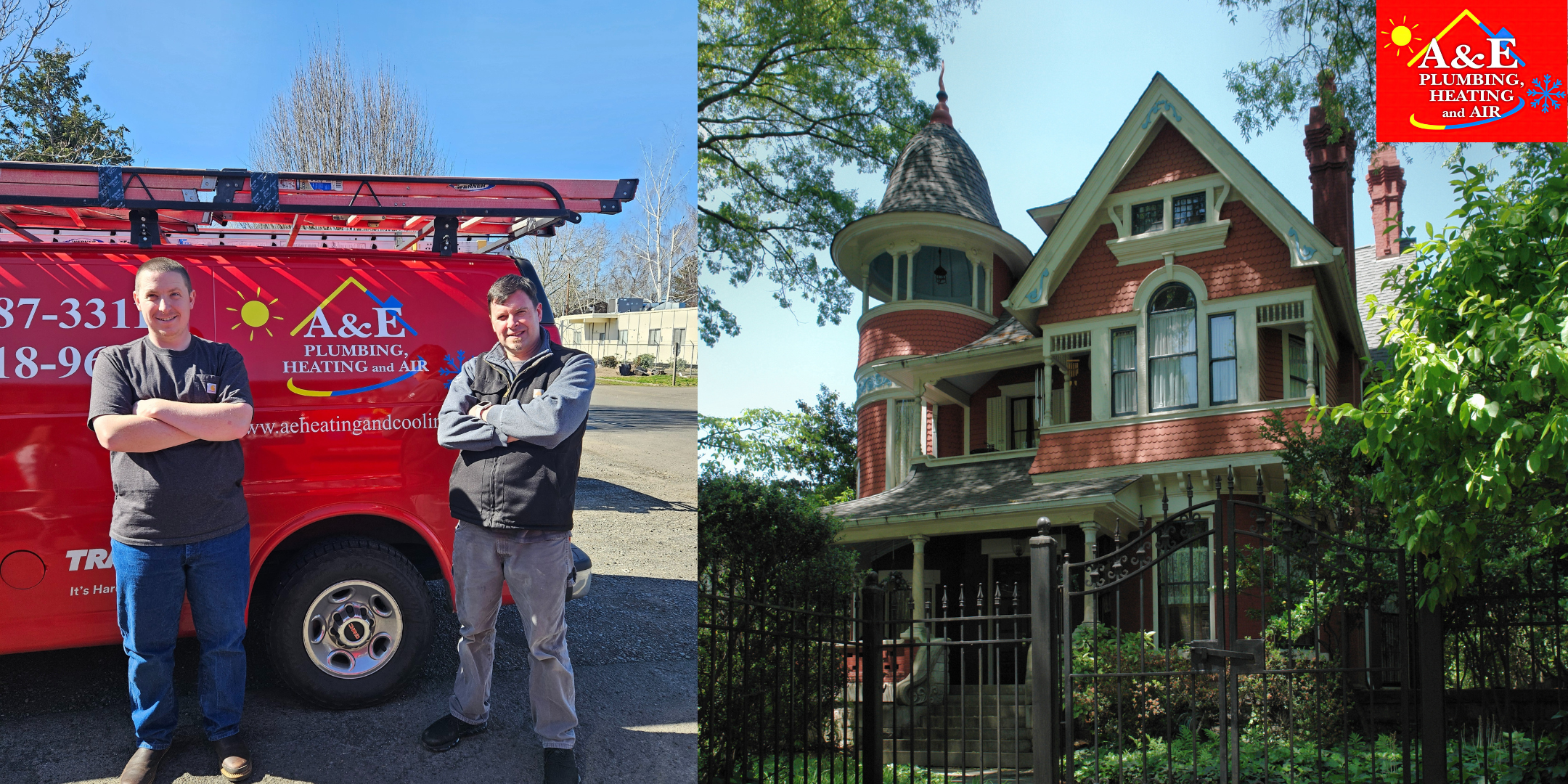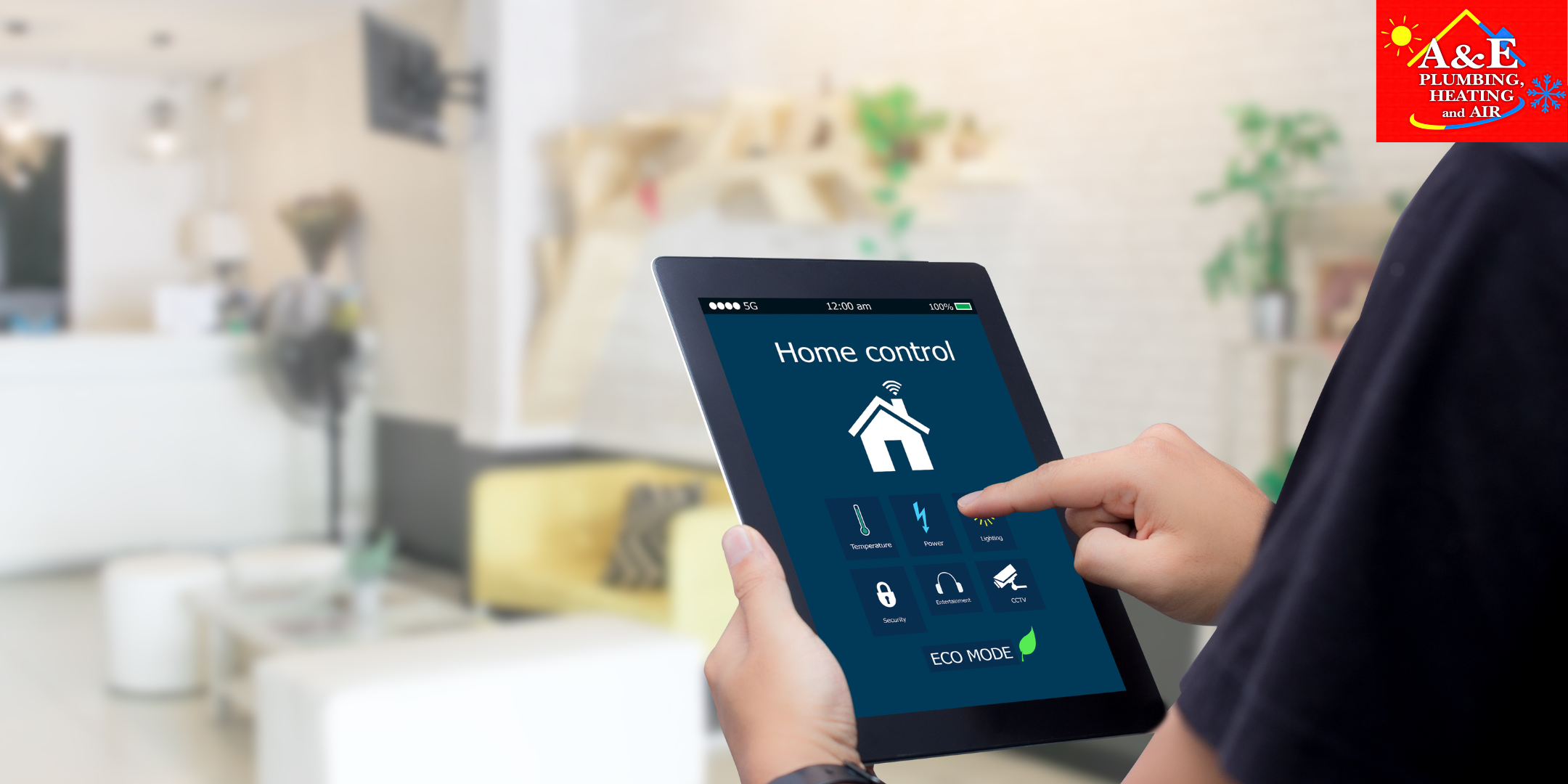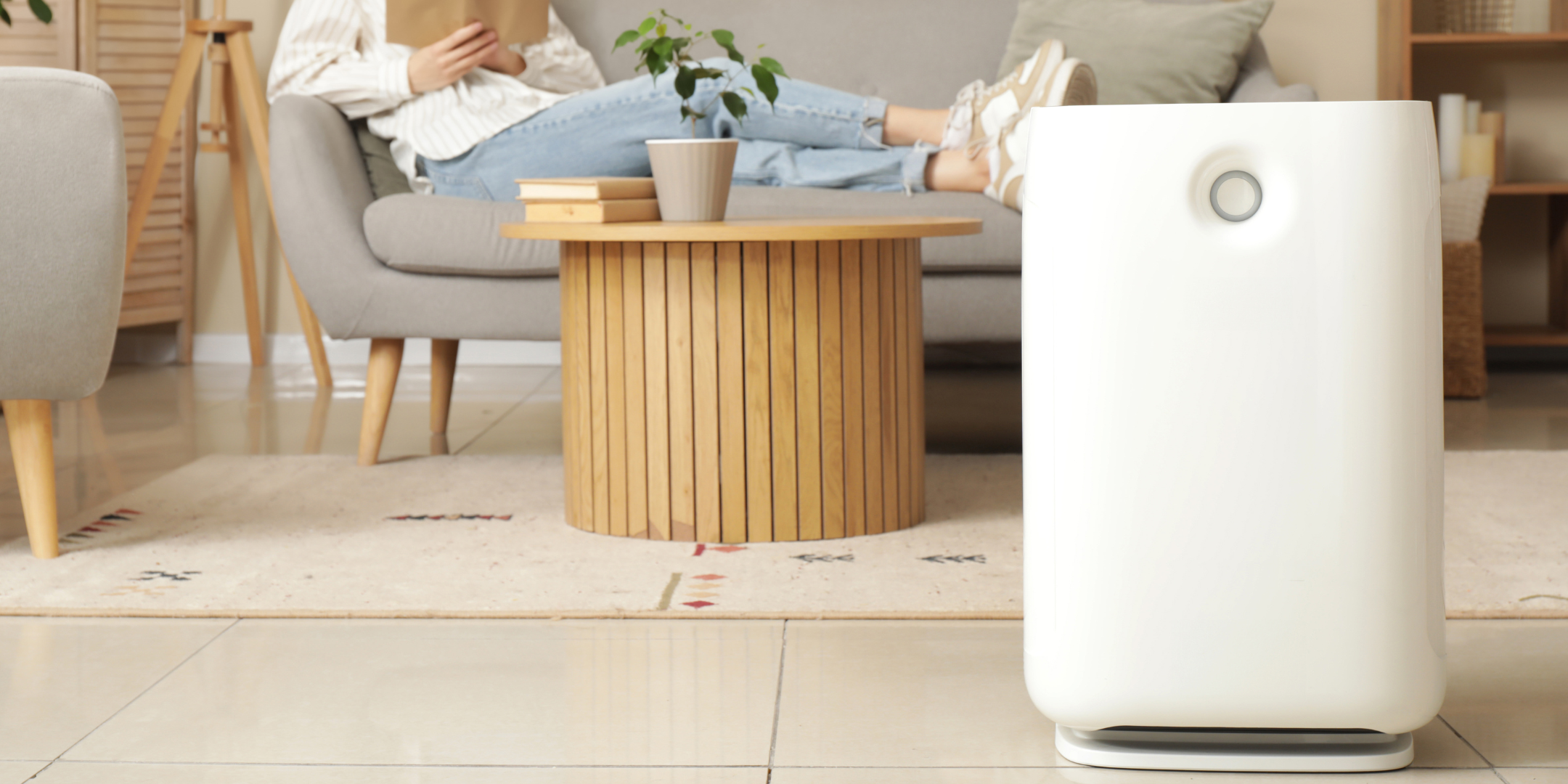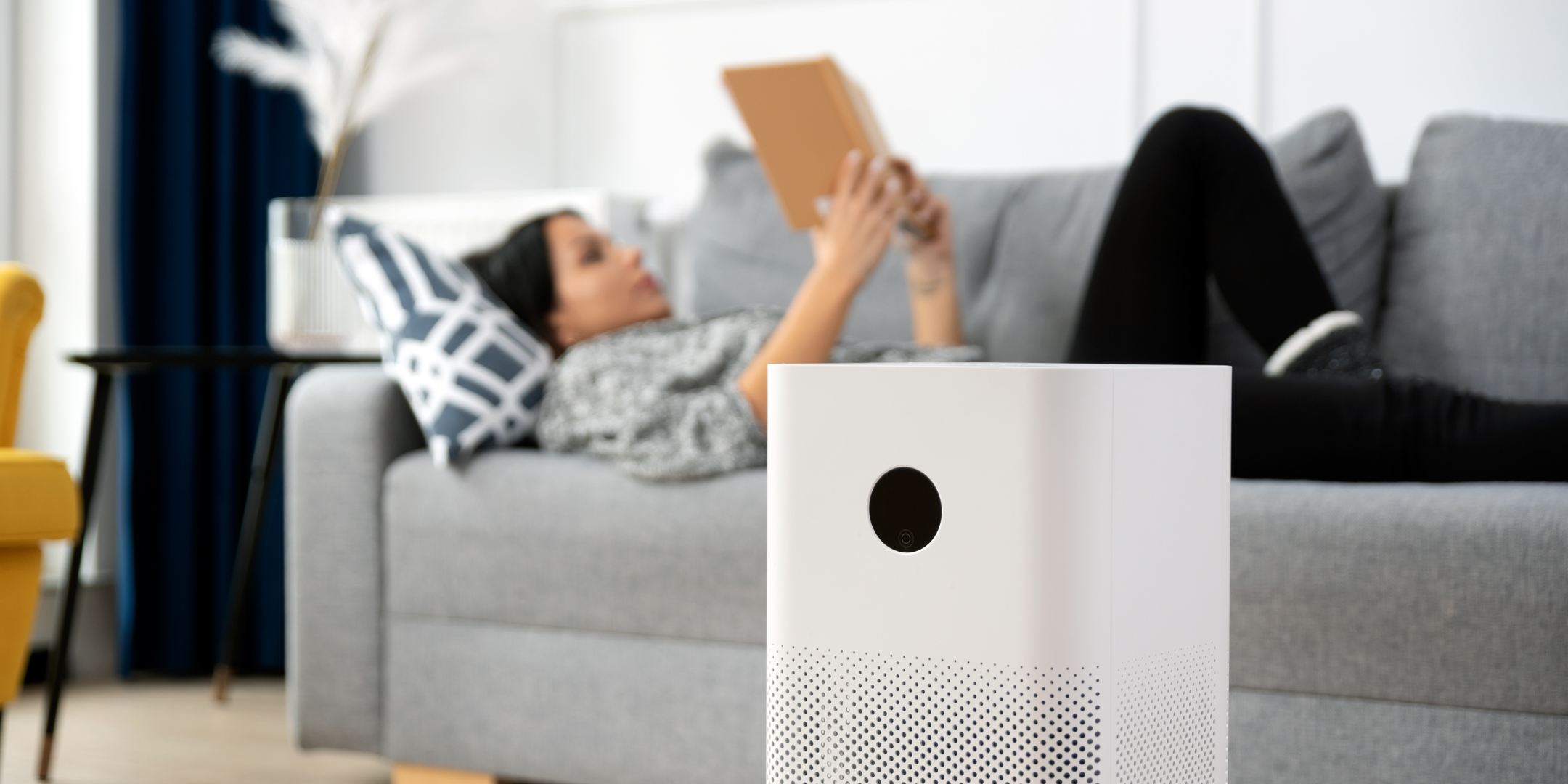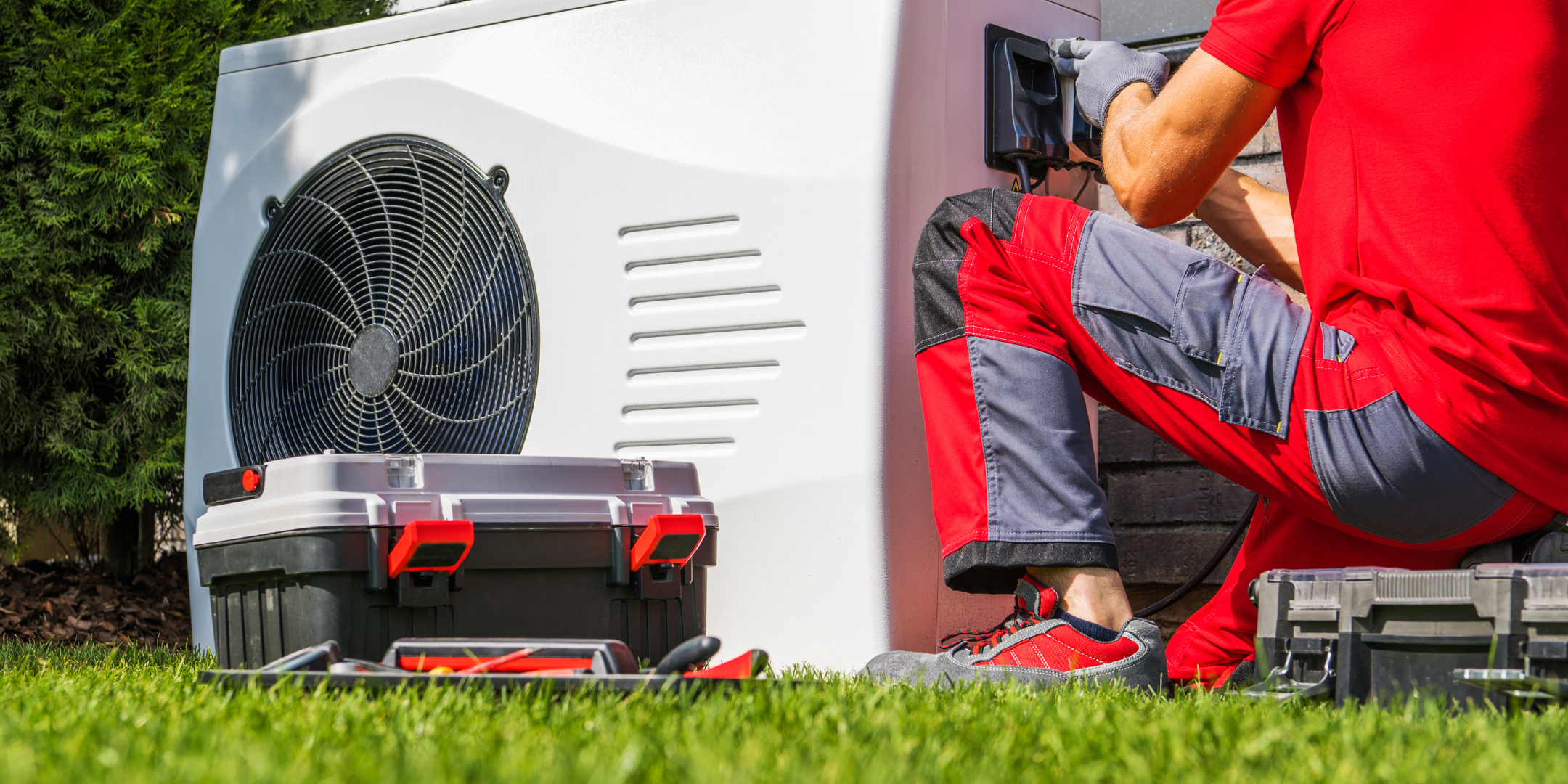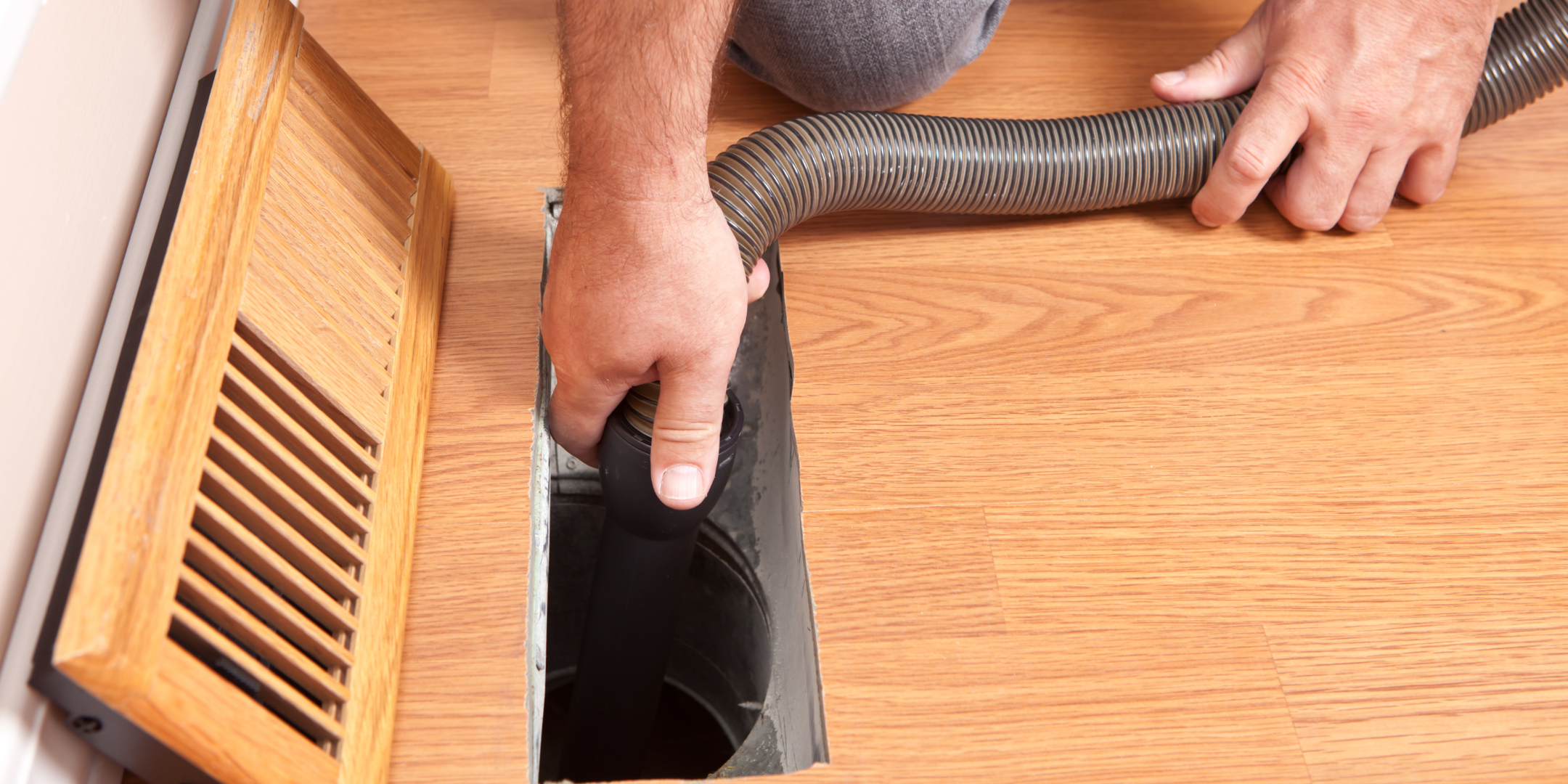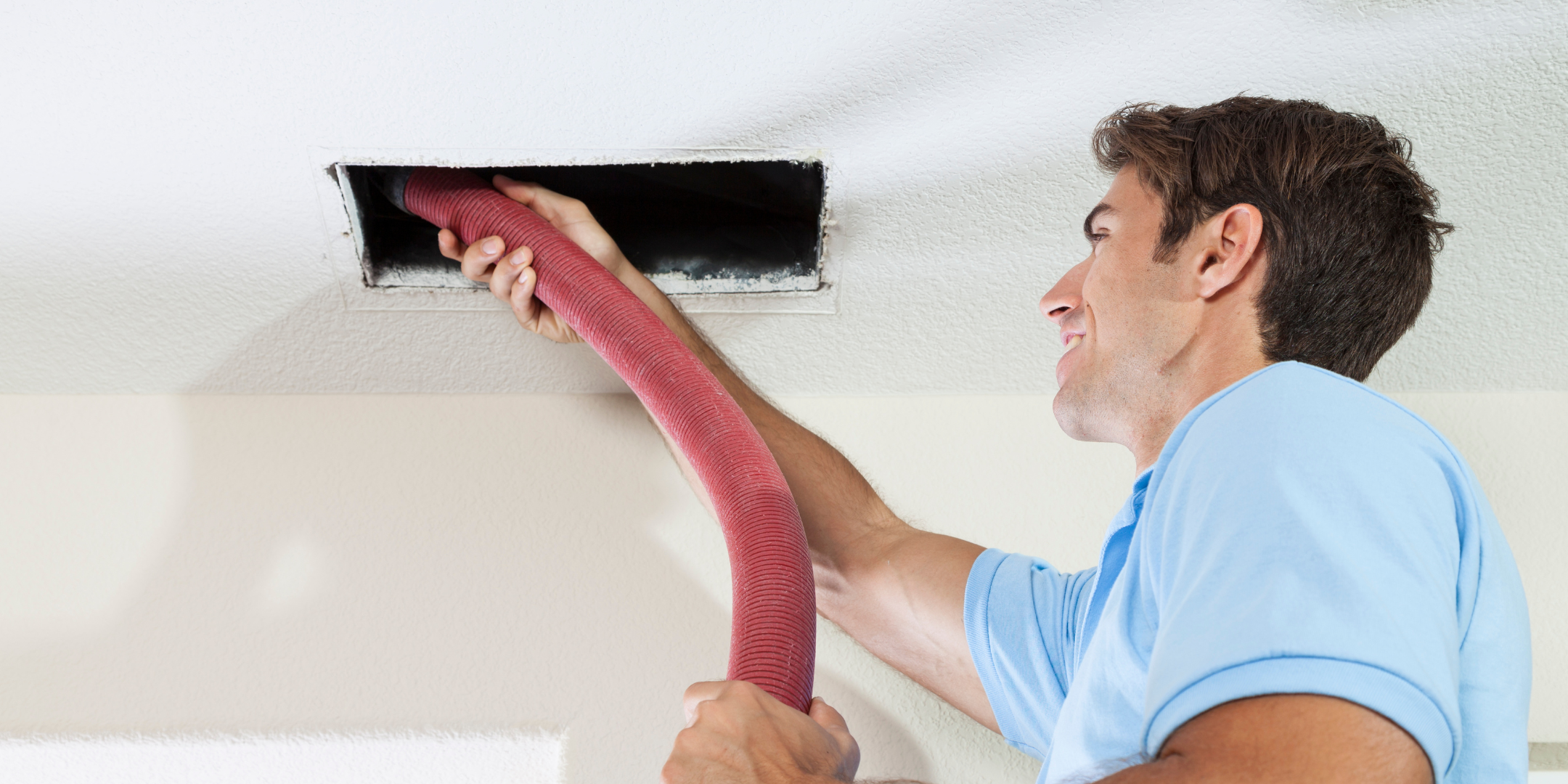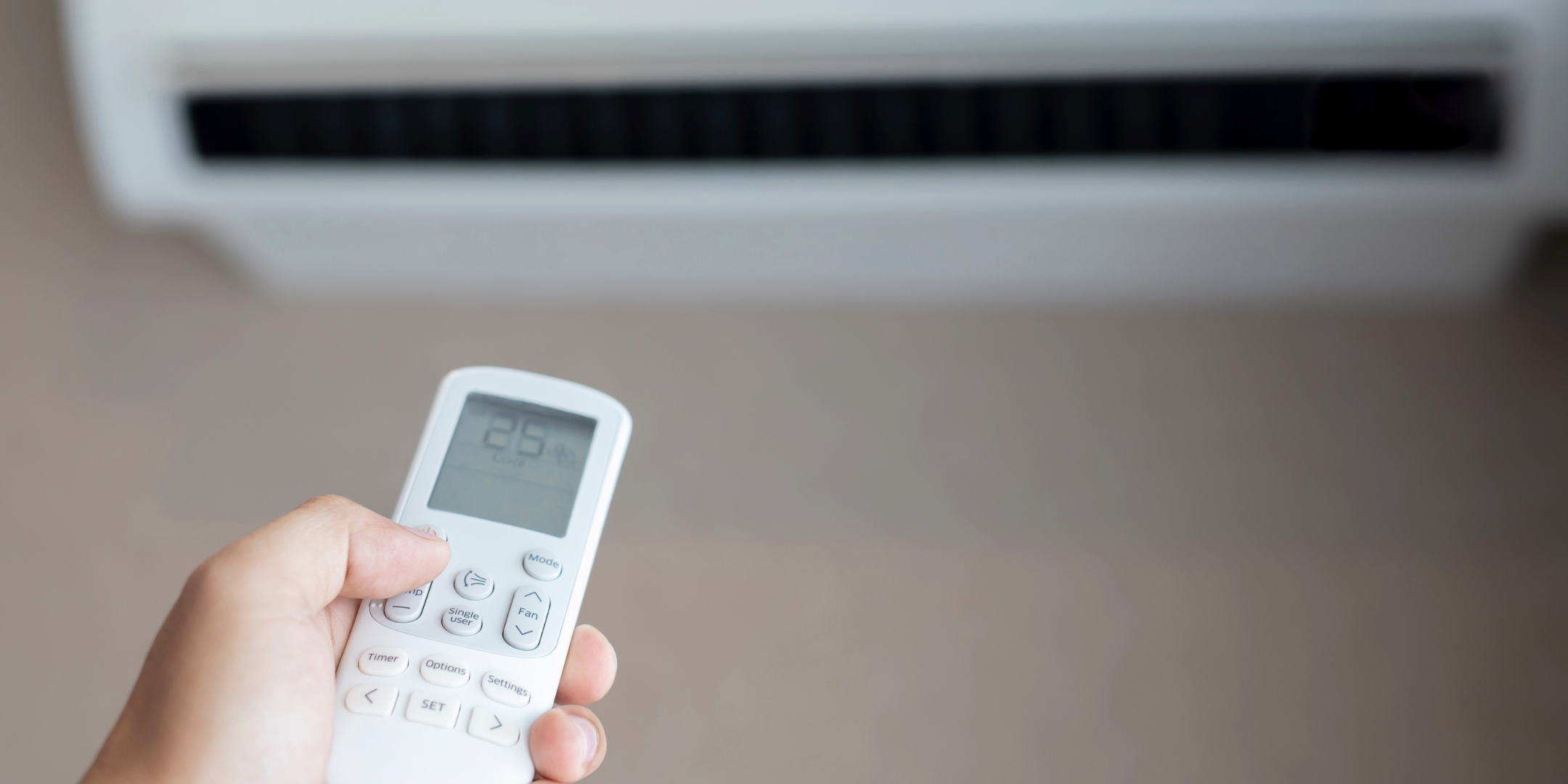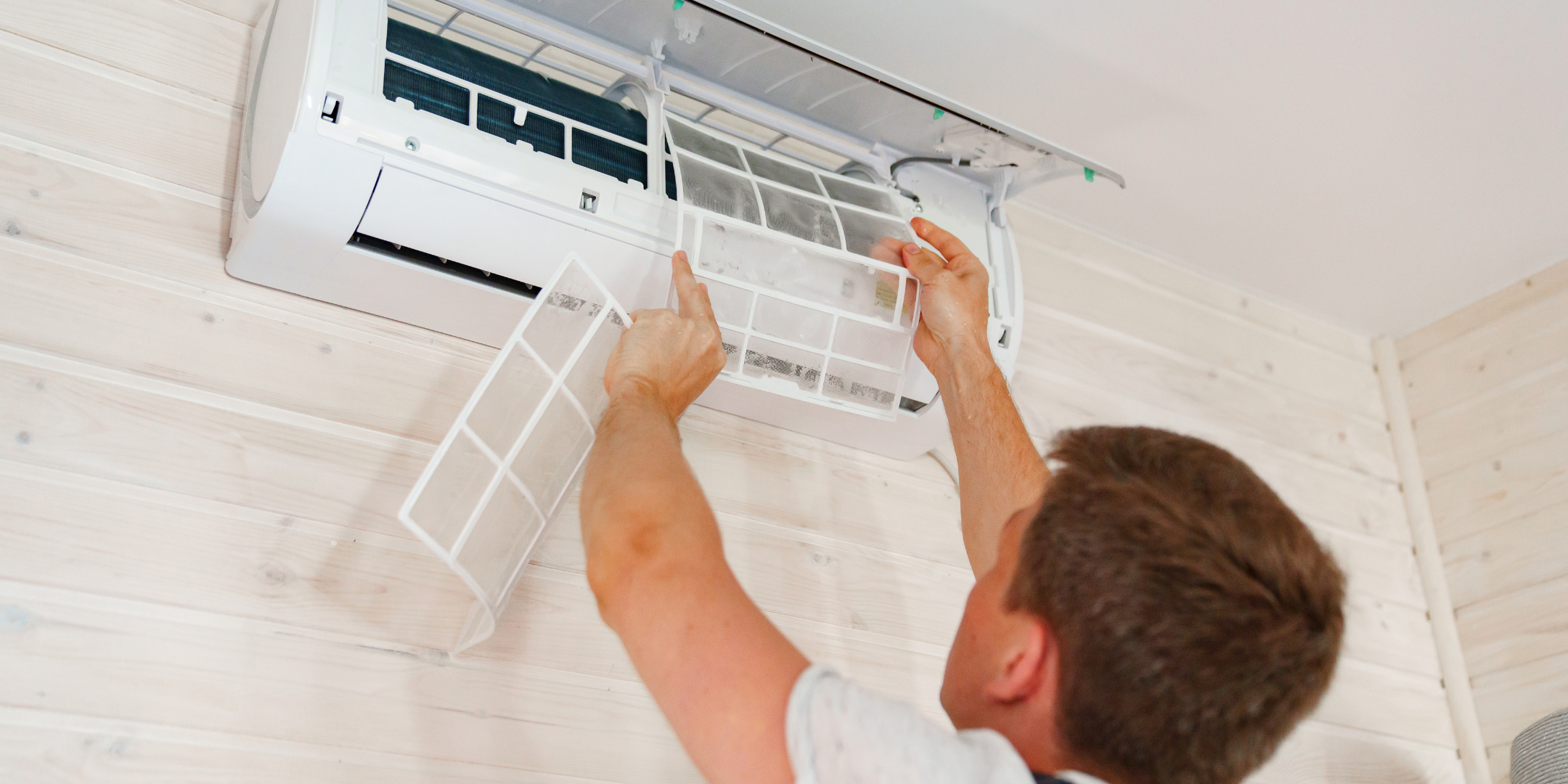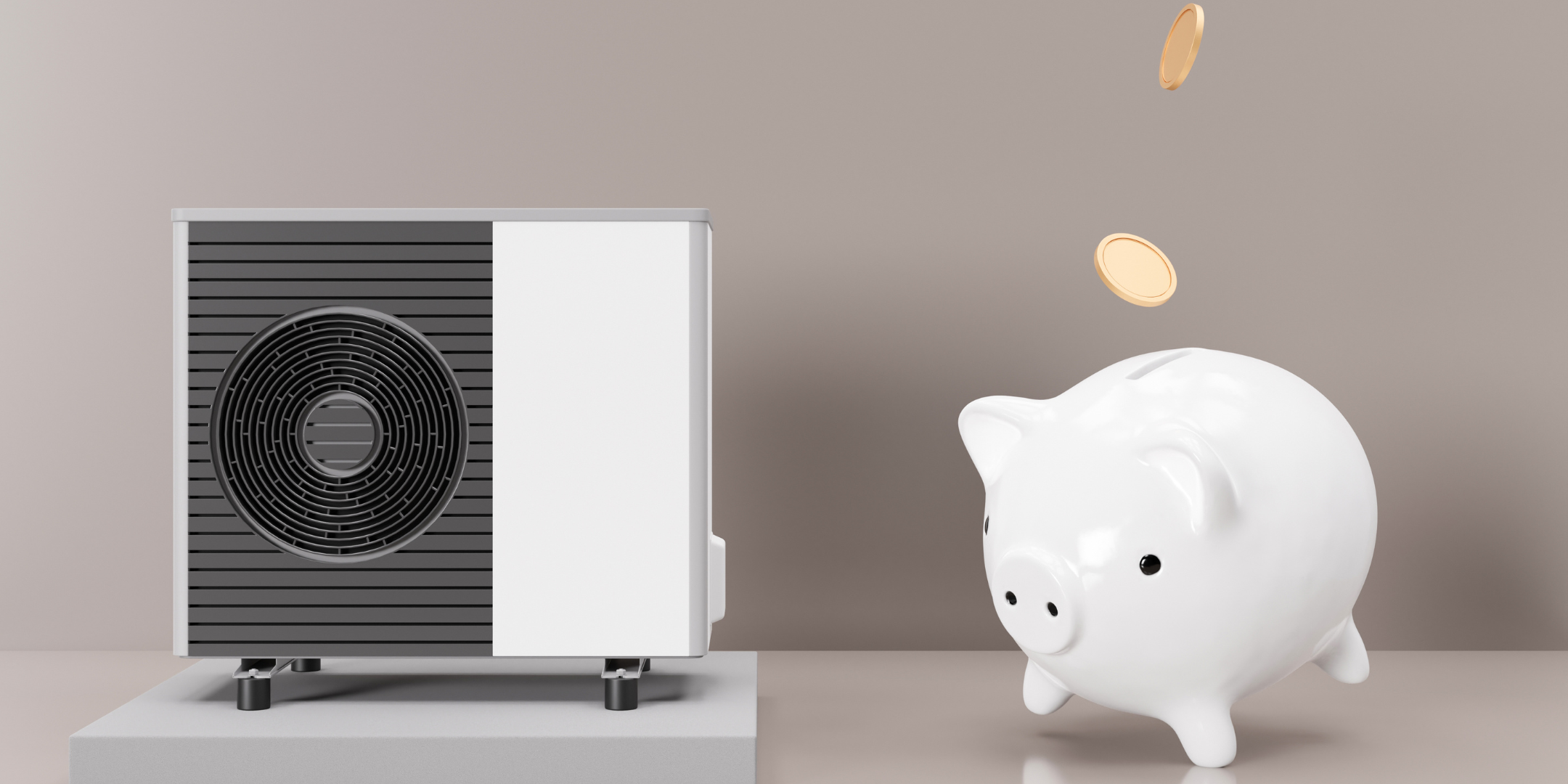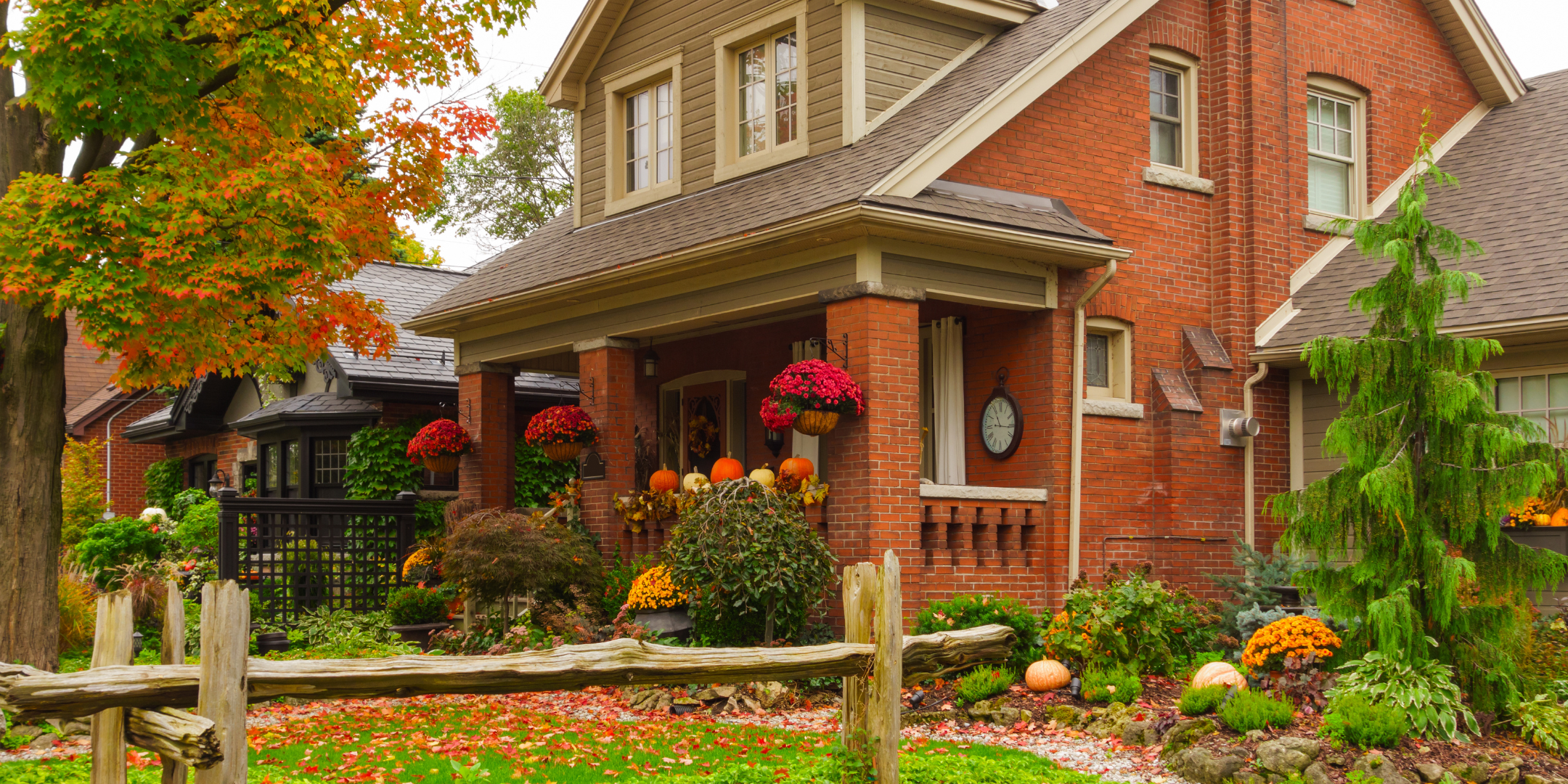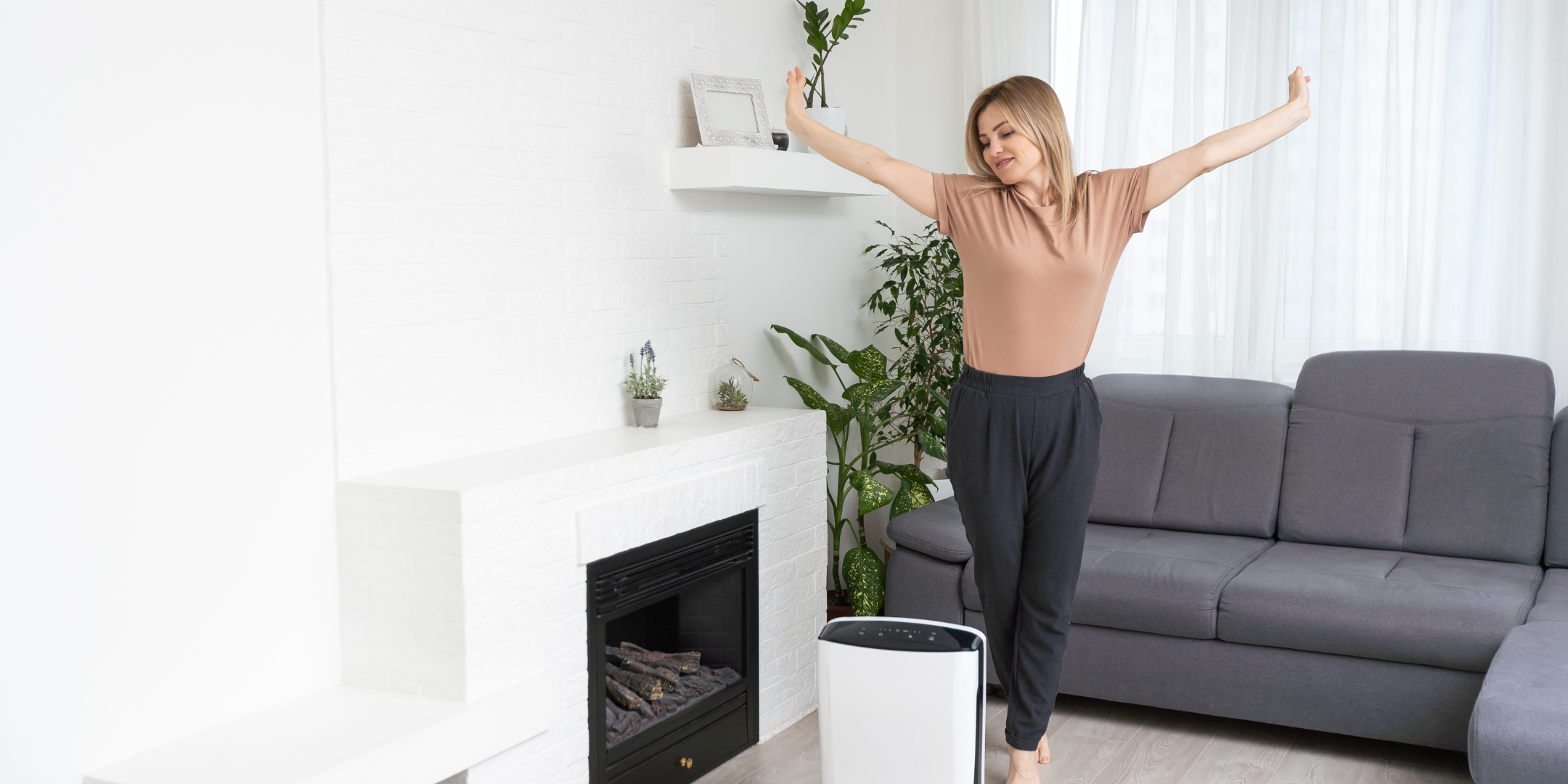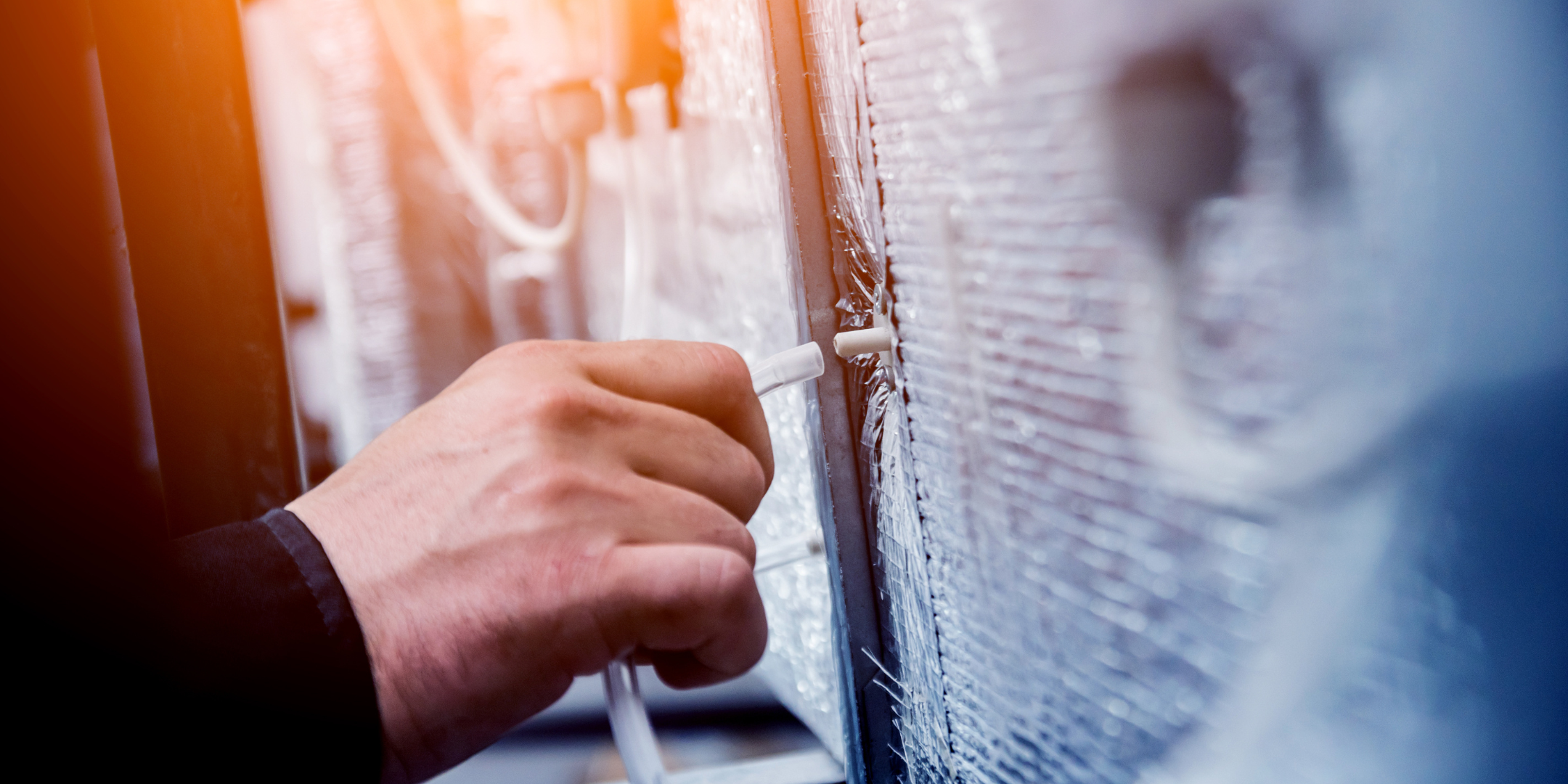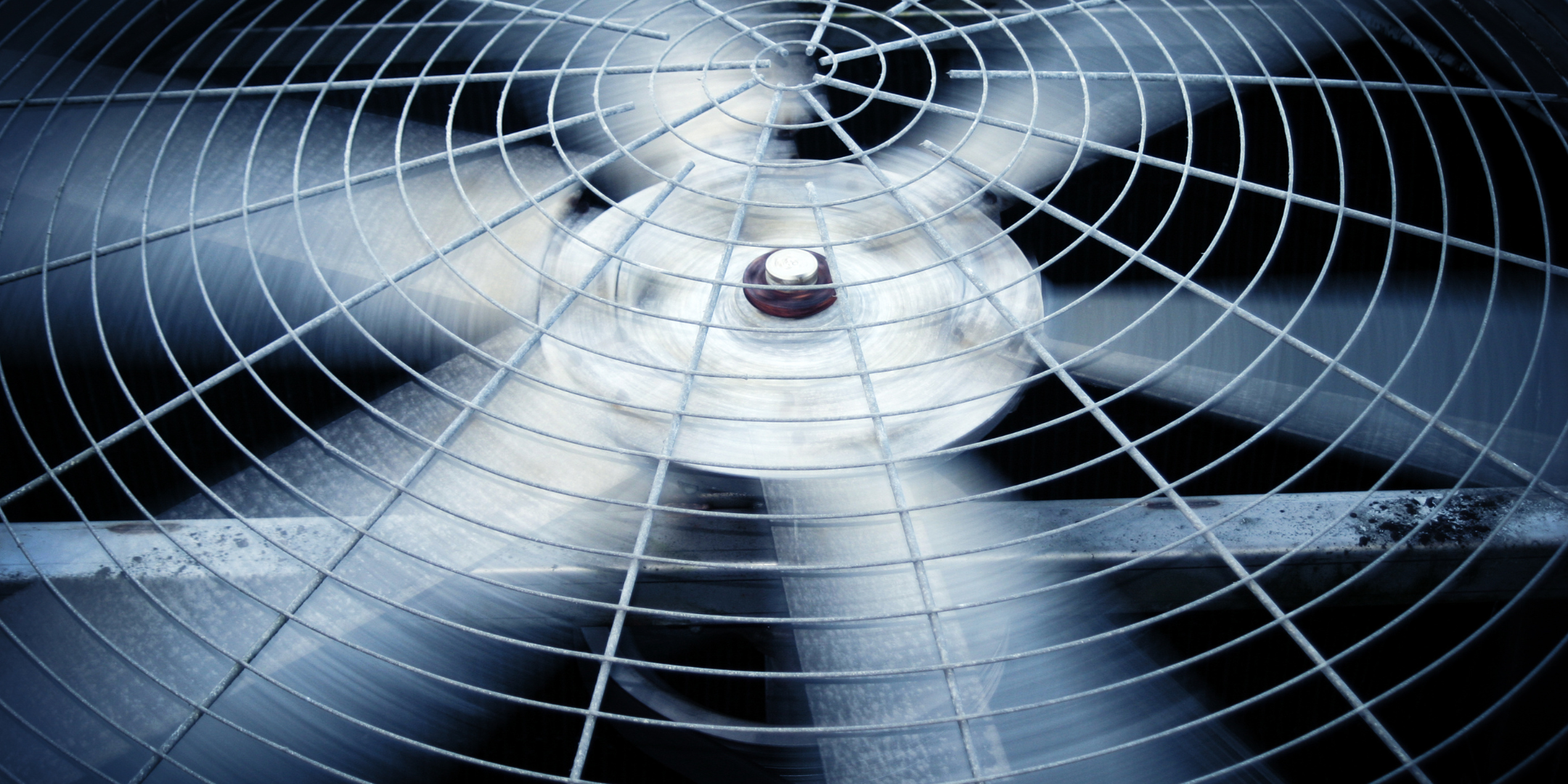
Are you feeling overwhelmed by the variety of air filters available for your HVAC system, particularly when considering the advanced technology of active air filtration? Navigating through the different sizes and types to find the right solution for cleaner, healthier indoor air can be daunting.
At A&E Plumbing, Heating and Air, we specialize in simplifying this choice for you. With over 16 years of experience and more than 1200 5-star Google reviews from customers throughout the Columbia River Gorge, we can help make this decision easier.
easier.
Active air filtration systems, which utilize technologies like UV light treatment and ionization, can actively neutralize and eliminate airborne pollutants far beyond what traditional passive filters can achieve. Understanding how these advanced systems work will empower you to make an informed decision about managing your indoor air quality effectively.
Active Vs. Passive Air Filtration
Active and passive air filtration are distinct approaches used to purify the air in spaces like homes, offices, and other indoor areas. Here are some of the main differences of each method:
Passive Air Filtration
This method utilizes the airflow within an HVAC system to propel air through a filter. Made from materials such as fiberglass, foam, or pleated paper, these filters capture particles like dust, pollen, and pet dander as air flows through.
The effectiveness of passive filters is measured by their Minimum Efficiency Reporting Value (MERV), which rates how well they can remove particles of varying sizes. Passive filtration systems are simple, relying solely on the air movement provided by the HVAC system without needing extra energy.
Active Air Filtration
In contrast, active air filtration employs techniques that actively eliminate or neutralize pollutants in the air, not just trap them. Technologies used in this approach include ionization, UV light, and photocatalytic oxidation. Active filtration systems directly target and neutralize harmful airborne substances such as viruses, bacteria, and volatile organic compounds (VOCs).
Unlike passive systems, active filters might operate independently from the HVAC system and typically require an additional power source to function effectively.
4 Reasons to Choose Active Filtration
1. Enhanced Air Quality
Choosing active air filtration significantly enhances indoor air quality, making it an excellent option for homeowners focused on health, comfort, and air purity. These systems are adept at neutralizing and eliminating harmful contaminants such as viruses, bacteria, and VOCs, which passive systems may overlook.
2. Effectiveness Against Odors and Microbes:
Active systems are particularly effective in removing odors and smoke, controlling microbial growth like mold and bacteria, and reducing health risks associated with poor air quality. This makes them beneficial for individuals with allergies or respiratory issues.
3. Efficiency and Cost Savings:
Despite requiring additional energy, the advanced technology in active filtration can improve the efficiency and longevity of HVAC systems. This not only keeps air components clean but may also lead to energy savings and reduced maintenance costs over time.
4. Ideal for Challenging Environments:
For those living in urban or high-pollution areas, active air filtration provides a robust solution for maintaining a healthier indoor environment.
4 Drawbacks to Active Air Filtration
1. Cost Considerations:
While offering advanced air purification capabilities, active air filtration systems are generally more expensive than passive alternatives, both in terms of initial purchase and installation costs.
2. Higher Operational Costs:
These systems require more energy to operate, which can lead to higher utility bills due to the additional power needed for their advanced technologies. Estimates suggest that the increase in energy consumption for active air filtration systems can range from about 10% to 50% more than passive systems, depending on the specifics of the system and usage patterns. Maintenance can also be more complex and costly, as components like UV lamps and electronic cells require regular servicing.
3. Price Range:
On average, whole-house air purifiers, which may include active air filtration technologies like UV light or electronic filters, vary significantly in price. Basic systems may start around $400, but more sophisticated options can cost up to $4,000 or more.
4. Potential Drawbacks:
Certain types of active filtration systems, such as ionizers, may produce harmful byproducts like ozone, which can be detrimental to health if produced in significant amounts. Additionally, active systems can be noisier during operation and may pose challenges in terms of installation and integration into existing HVAC systems, often necessitating professional help and potentially complex modifications.
Best Uses for Active Air Filtration
Active air filtration is particularly beneficial in several scenarios where enhanced air purification is needed to address more complex or hazardous air quality issues. Here-1.png?width=353&height=236&name=HUBSPOT%20IMAGE%20FORMAT%20(30)-1.png) are some ideal situations to use active filtration:
are some ideal situations to use active filtration:
Homes with Allergy and Asthma Sufferers
Active filtration systems, such as HEPA filters, are highly effective at trapping fine particles that can exacerbate asthma and allergies, such as pollen, dust mites, and pet dander. UV filters add an additional layer of protection by neutralizing airborne pathogens that could trigger respiratory symptoms. This creates a safer, more comfortable environment for individuals with these conditions.
Areas with High Pollution Levels
In urban settings or areas near industrial activities, such as Portland or Gresham, the air quality can be significantly compromised by pollutants such as VOCs, nitrogen oxides, and particulate matter. Active filtration systems equipped with technologies like carbon filters can absorb harmful gases and fine particles, helping to purify the air indoors and mitigate the health risks associated with urban pollution.
Homes with Pets
Pets can bring joy to a home, but they also bring pet dander, fur, and odors. Active air filters, particularly those with HEPA and activated carbon technologies, can efficiently remove these allergens and odors from the air. This makes living spaces more comfortable and hygienic, reducing the risk of allergic reactions and improving overall air quality.
Smoking Areas
Smoke from cigarettes and vapes contain a myriad of harmful chemicals and odorous compounds. Active filtration systems that combine HEPA and activated carbon filters can effectively capture and neutralize smoke particles and odors, making indoor environments healthier and more pleasant for both smokers and nonsmokers alike.
High Humidity and Mold-Prone Areas
In regions with high humidity, such as Cascade Locks and the other towns nestled along the Columbia River, the risk of mold and mildew growth is increased, which can lead to poor air quality and health issues. UV air purifiers can help by killing mold spores in the air, while dehumidifying properties of some filtration systems can also assist in maintaining lower humidity levels, further inhibiting mold growth.
Common Active Air Filtration Systems
Active air filtration systems utilize various technologies to purify indoor air by not only capturing but also neutralizing or destroying airborne pollutants. Here are some.png?width=383&height=256&name=HUBSPOT%20IMAGE%20FORMAT%20(35).png) of the most common types of active air filtration systems:
of the most common types of active air filtration systems:
HEPA Filters (High-Efficiency Particulate Air Filters)
Although primarily passive, some HEPA systems integrate active elements like fans to draw air through their dense filters. They're so effective that they can trap particles as small as 0.3 microns (for perspective, a human hair is about 70 microns wide).
Activated Carbon Filters
It’s easier to compare activated carbon filters to a sponge, but for smells and chemicals. These filters have a special form of carbon that has been treated to have lots of tiny pores. These pores help the carbon absorb gasses and odors from the air, making it cleaner and fresher.
UV Light Filters (Ultraviolet Light)
These systems use UV light to kill bacteria, viruses, and mold spores as the air passes through the system, effectively sanitizing the air. Just 10 seconds of exposure is sufficient to deactivate the DNA of these germs, either killing them or completely halting their replication.
Ionic Filters or Ionizers
Ionic filters act as ‘germ magnets’ by sending out charged particles (ions) into the air. These charged ions attract things like dust, pollen, and other particles, effectively making them too heavy to contaminate the air. Once these particles stick together, they either fall to the ground or are easier to trap in a passive air filter.
Electrostatic Precipitators
This technology also uses electricity to charge particles in the air. Once charged, these particles are attracted to and stick to plates inside the filter that have the opposite charge. You know when you’re doing the laundry and your socks stick to your pants? This process is similar to the static electricity that affects your clothes, except it's pulling pollution out of the air.
Photocatalytic Oxidation (PCO)
This method combines UV light with a substance called a catalyst (usually titanium dioxide) to clean the air. The UV light activates the catalyst, which then breaks down harmful substances in the air into harmless ones like water vapor and carbon dioxide. It’s like how plants use sunlight to turn carbon dioxide and water into oxygen, but in reverse.
How A&E Can Help You Find the Best Fit
While both active and passive air filtration systems play crucial roles in improving indoor air quality, active air filtration offers enhanced capabilities, especially in environments where air quality concerns go beyond mere dust and pollen.
environments where air quality concerns go beyond mere dust and pollen.
At A&E Plumbing, Heating and Air, our expert technicians are happy to help guide you through the benefits of integrating active air filtration into your home, offering advanced solutions that complement existing passive systems for comprehensive air quality management. If you're considering upgrading your air filtration setup, our team is ready to answer any questions and help determine the best system to meet the specific needs of your indoor environment.
Now that you know about active air filtration, your next step is to learn about the other air filters available to you in our article, "Which Air Filter is Right for My Home?" so you can make the best IAQ decision for your home.
Daphne Hunt holds a bachelor's degree in English and Mass Communication and has a lifelong passion for writing. She thrives on using her skills to craft compelling pieces that inform, inspire, and connect with readers.
Topics:
